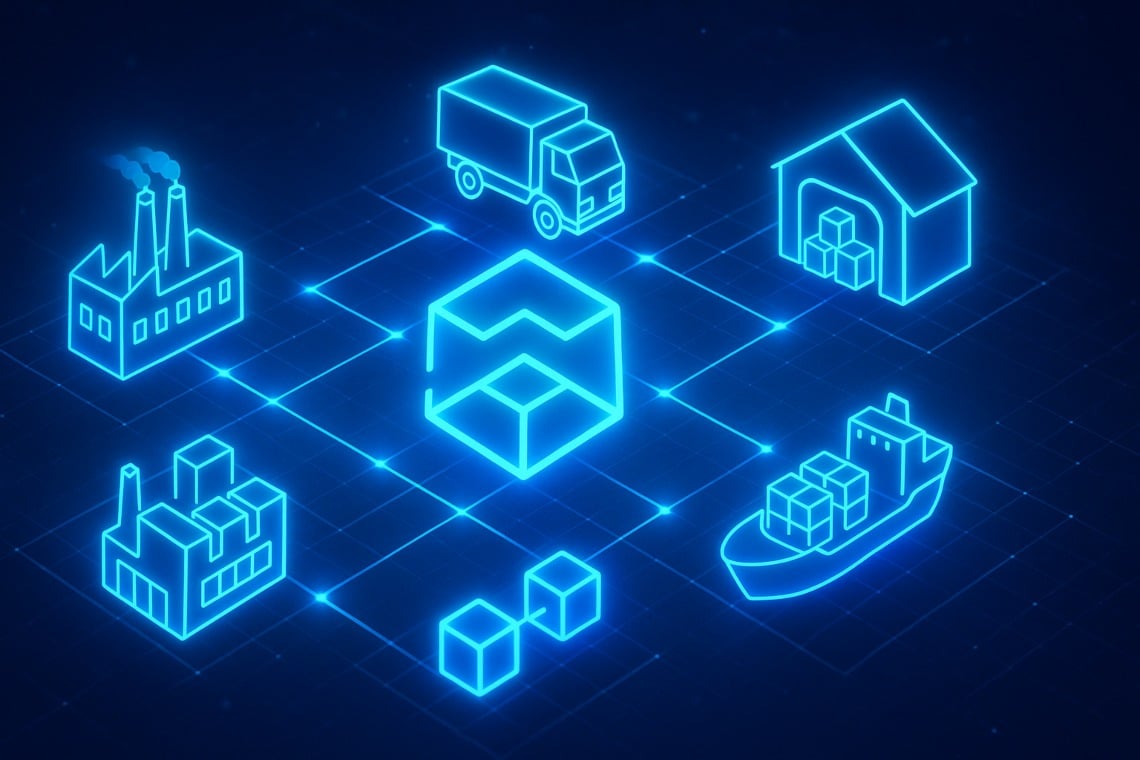SPONSORED POST*
Try copy-pasting a conventional process into a blockchain app, and you’ll quickly hit walls. Suddenly, there’s no central owner, your assumptions about data access fall apart, and privacy needs collide with transparency promises. What counted as “normal” off-chain – like who approves a transaction or how disputes are tracked – has to be completely reimagined in distributed environments. Before you even sketch a smart contract, you need to break apart your assumptions about control, records, and what needs to be verifiable forever.
Here’s how experienced blockchain development companies break down a real-world process and reconstruct it into a blockchain-ready flow.
Step 1: Understand the Core Process – Not Just the Surface Flow
Start with a process map, but go deeper:
- What data is exchanged?
- Who validates actions?
- What’s the risk at each step?
- What needs transparency vs. confidentiality?
Example: A royalty distribution system for musicians. At first glance, it’s just payments from platform to artist. But behind that:
- There are multiple splits (labels, producers, co-writers).
- Events are triggered by streams, not fixed schedules.
- Disputes are common – so auditability is key.
These real-world frictions must inform your smart contract design.
Step 2: Identify What Should Actually Go On-Chain
You don’t need to put everything on-chain.
Keep on-chain:
- Transactions that need public trust (ownership transfers, payments)
- Data that multiple parties must agree on (state changes, milestones)
Keep off-chain:
- Internal calculations or logic you may want to update
- Sensitive or private business data
Use smart contracts for validation and enforcement, not for every detail. Hybrid architectures – off-chain logic + on-chain checkpoints – are often more robust.
Step 3: Choose the Right Blockchain Architecture
Your workflow’s users, validators, and cost model determine the best fit. Avoid falling into hype.
- Private chain (e.g., Hyperledger) if you need full control and low latency
- Public chain (e.g., Ethereum) for transparency and broad user access
- Layer 2 or sidechain (e.g., Polygon) for lower transaction costs
- Modular stack (e.g., Celestia + custom execution layer) if scalability is a bottleneck
Step 4: Define State Transitions, Not Just Features
Blockchain systems are all about states and transitions. Ask:
- What is the initial state (e.g., contract signed)?
- What actions can users or oracles take?
- How does each action modify the state?
Think like a game designer:
- Each transaction is a move
- Each state has rules
- Transitions must be verifiable and immutable
Example: In a supply chain, instead of “ship product,” define:
- Pre-condition: quality check passed, payment held in escrow
- Action: scanned at warehouse (event triggered)
- Result: product status updated, next step unlocked
This approach ensures that your blockchain logic aligns tightly with reality.
Step 5: Simulate Scenarios Before Writing a Line of Code
Before smart contracts, simulate your system with fake users and test data. Map out edge cases:
- What happens when a step is skipped?
- Can two actions be triggered at once?
- What if a user goes silent halfway through?
Tools like Mermaid diagrams, UML, or even spreadsheets help here. This is where a strong product discovery saves months of rework.
Step 6: Design for Governance and Change
Unlike traditional systems, you can’t hotfix a smart contract. Think ahead:
- Who can upgrade logic, and under what conditions?
- Can roles change (e.g., admin removed)?
- How are disputes resolved (arbitration, vote, fork)?
Add modularity and upgradeability from day one. Use proxy patterns or contract registries to allow controlled evolution.
Governance isn’t just a DAO thing – it’s part of every long-lived blockchain system.
One Last Thought
A successful blockchain product isn’t just about tech. It’s about trust models, clear workflows, and real-world resilience.
That’s why product discovery, systems design, and on-chain logic must work together. S-PRO has helped translate fragmented legacy processes into working, scalable blockchain systems for finance, logistics, and media platforms across Europe and the Middle East.
The real challenge isn’t building on-chain. It’s building the right thing on-chain.
*This article was paid for. Cryptonomist did not write the article or test the platform.
